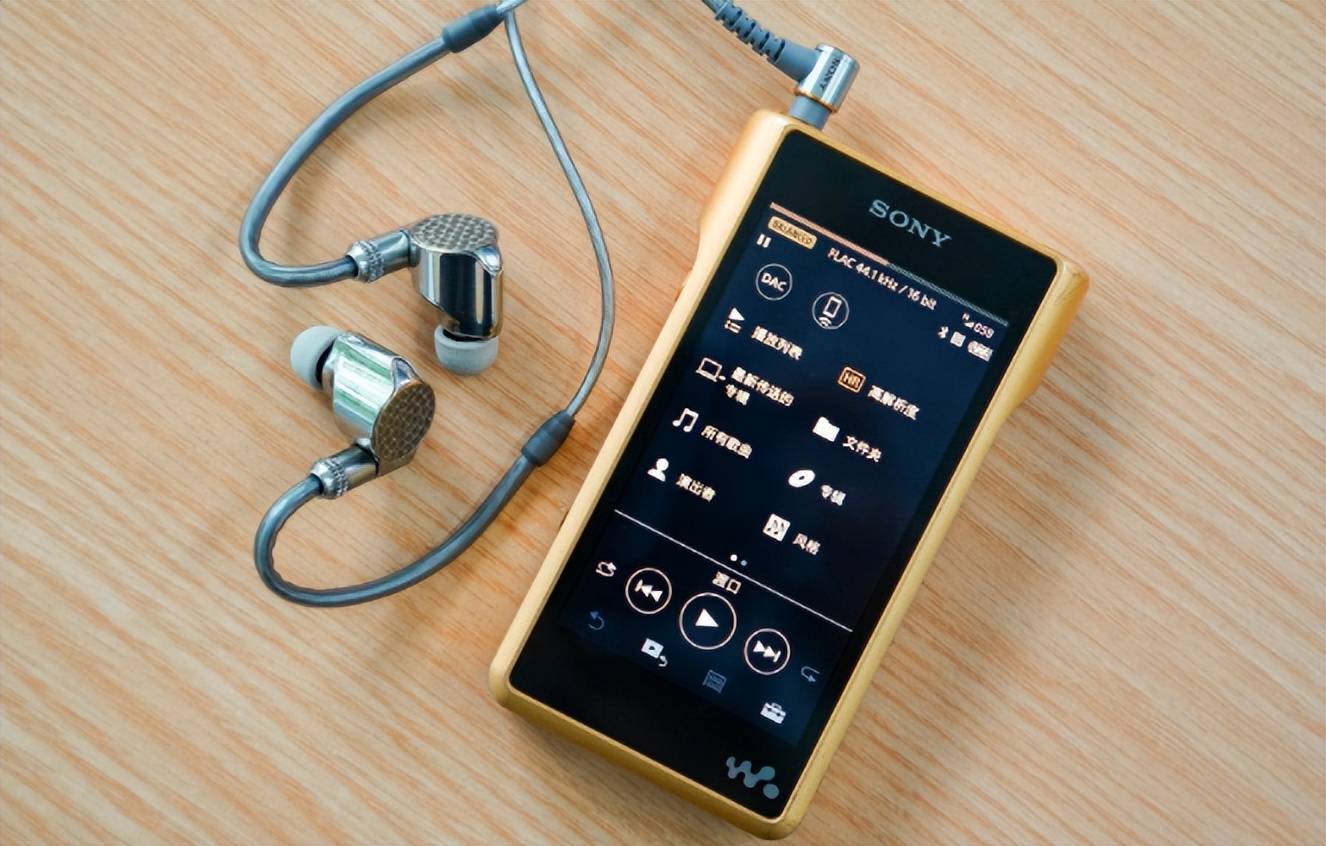
A Comprehensive Review of the Sony NW-WM1ZM2 Hi-Res Walkman
The Sony NW-WM1ZM2 arrives as the latest standard-bearer in the company's prestigious Signature Series of portable high-resolution audio players. Building upon Sony's rich heritage in personal audio, a legacy cemented by the iconic Walkman , this flagship device enters a market segment where expectations for sonic fidelity and premium craftsmanship are exceptionally high. Given its position and price point , the NW-WM1ZM2 is met with considerable anticipation from audiophiles seeking the ultimate portable listening experience. This review aims to provide a thorough examination of its design, features, and, most importantly, its sound quality, to determine if it truly stands as the zenith of portable audio for the most discerning ears.
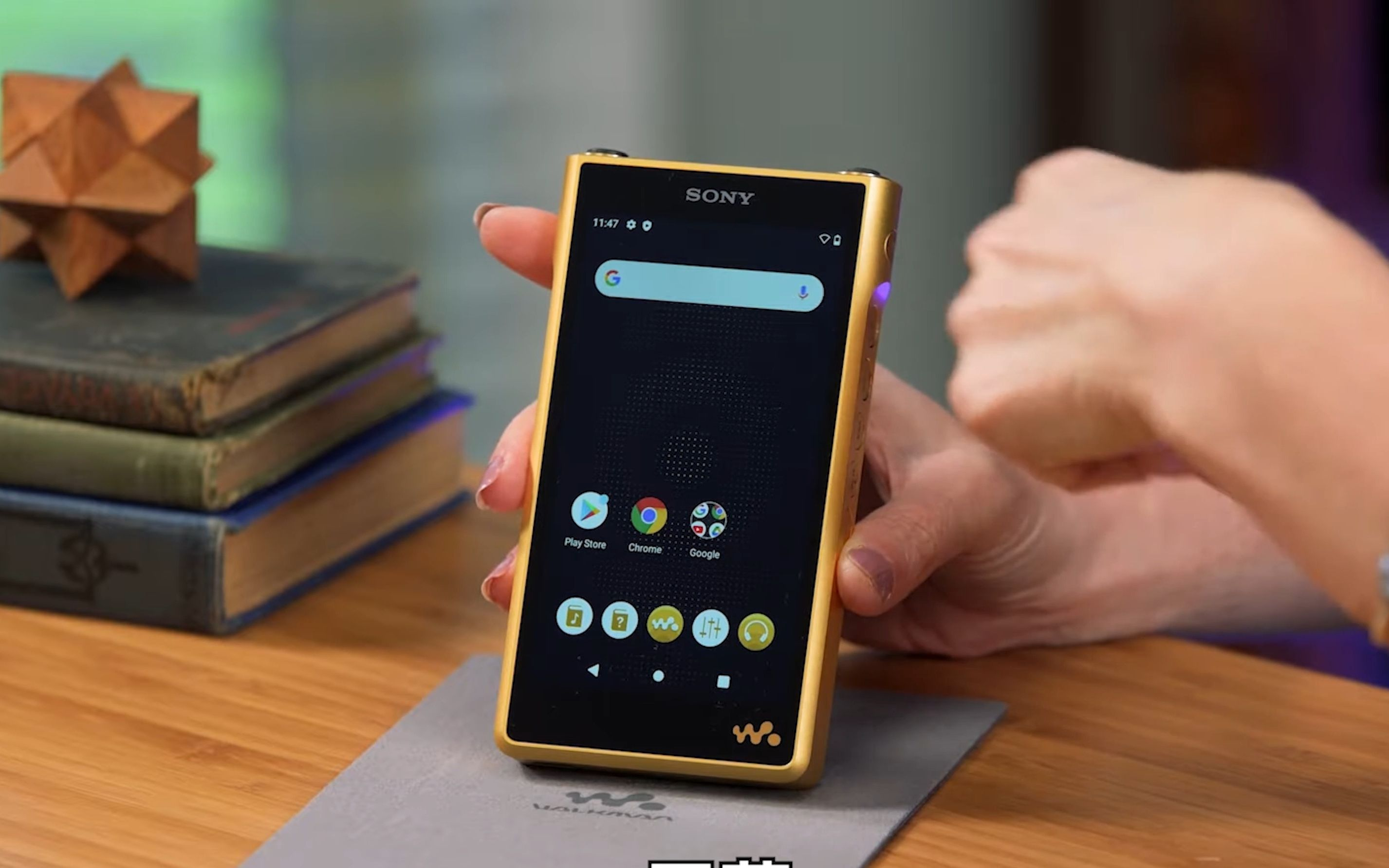
A Golden Touch: Examining the Design and Build Quality
At the heart of the Sony NW-WM1ZM2 lies its meticulously crafted chassis, constructed from 99.99% purity (4N) gold-plated oxygen-free copper (OFC) . This choice of material is no accident; Sony claims that the high-purity OFC contributes to enhanced acoustic clarity, a stronger digital ground, and increased overall rigidity . This represents an upgrade in OFC purity compared to its predecessor, the NW-WM1Z . The application of gold plating is also intended to further improve audio quality by facilitating better digital grounding and structural integrity . The use of such premium materials inevitably contributes to the device's substantial cost . Whether these material choices translate to a demonstrably superior sonic experience compared to other high-end digital audio players (DAPs) employing different materials remains a key question for audiophiles. The fact that OFC is reportedly difficult to machine suggests a high degree of precision engineering in the NW-WM1ZM2's construction, further contributing to its perceived value and price.
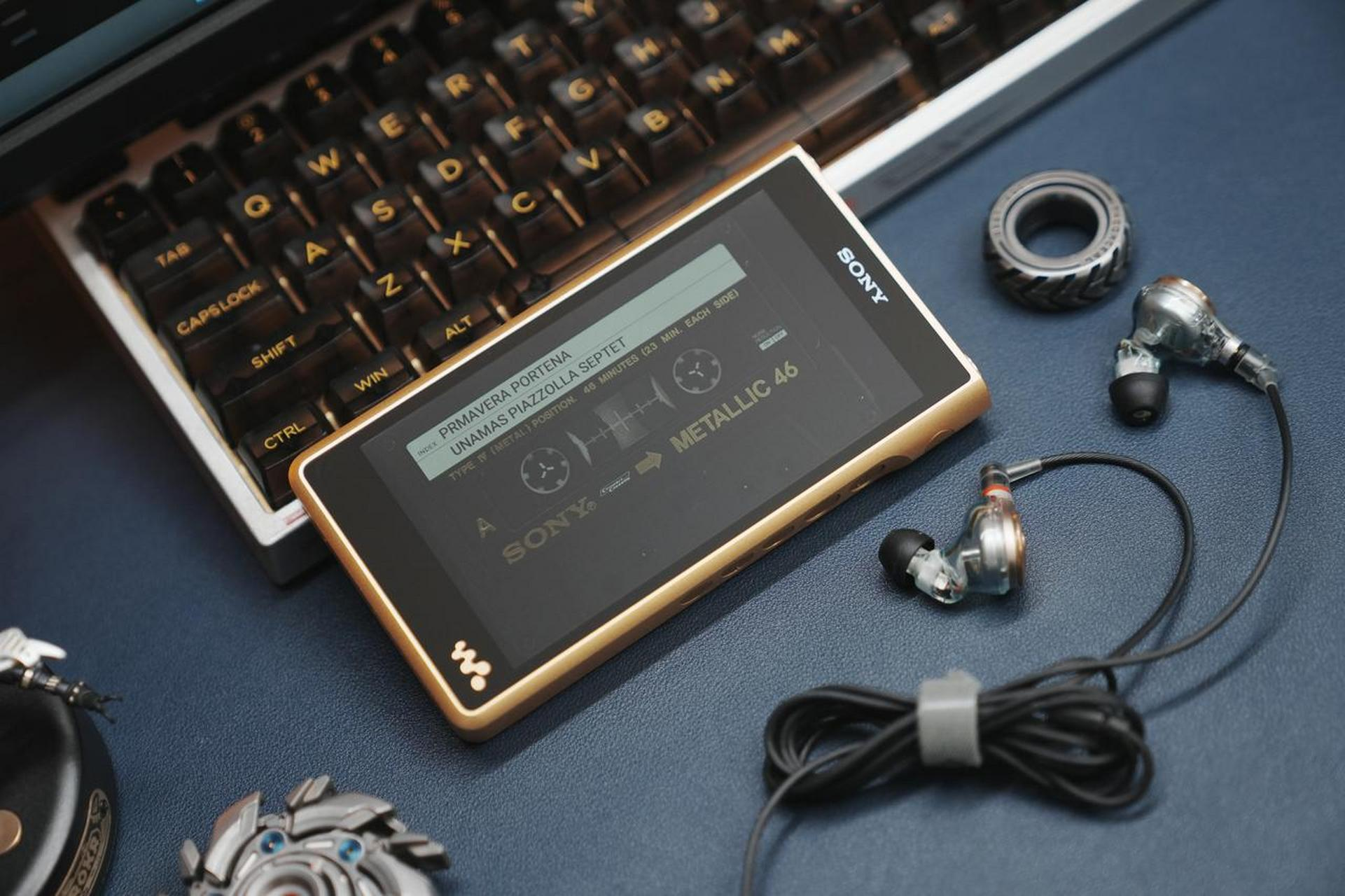
In terms of ergonomics and physical attributes, the NW-WM1ZM2 possesses a noticeable heft, weighing in at 490 grams, a weight comparable to a thick smartphone . Some users have noted its "heavy" or "chunky" feel . Despite its size, the device feels reassuringly solid and exudes a premium quality in hand . The front of the device is dominated by a crisp 5-inch HD (1280 x 720) LCD touchscreen . On the right side, precisely engineered physical control buttons allow for intuitive playback and volume adjustments . The left side features a redesigned, more elongated hold switch . The rear panel incorporates a subtle curve at the top, which is believed to aid in grip . While the substantial weight and size might be a consideration for those prioritizing ultimate portability, they also contribute to the device's feeling of quality and robustness. The positive feedback regarding the tactile feel and precision of the buttons suggests a strong focus on the user experience, a crucial aspect for a product in this price range .
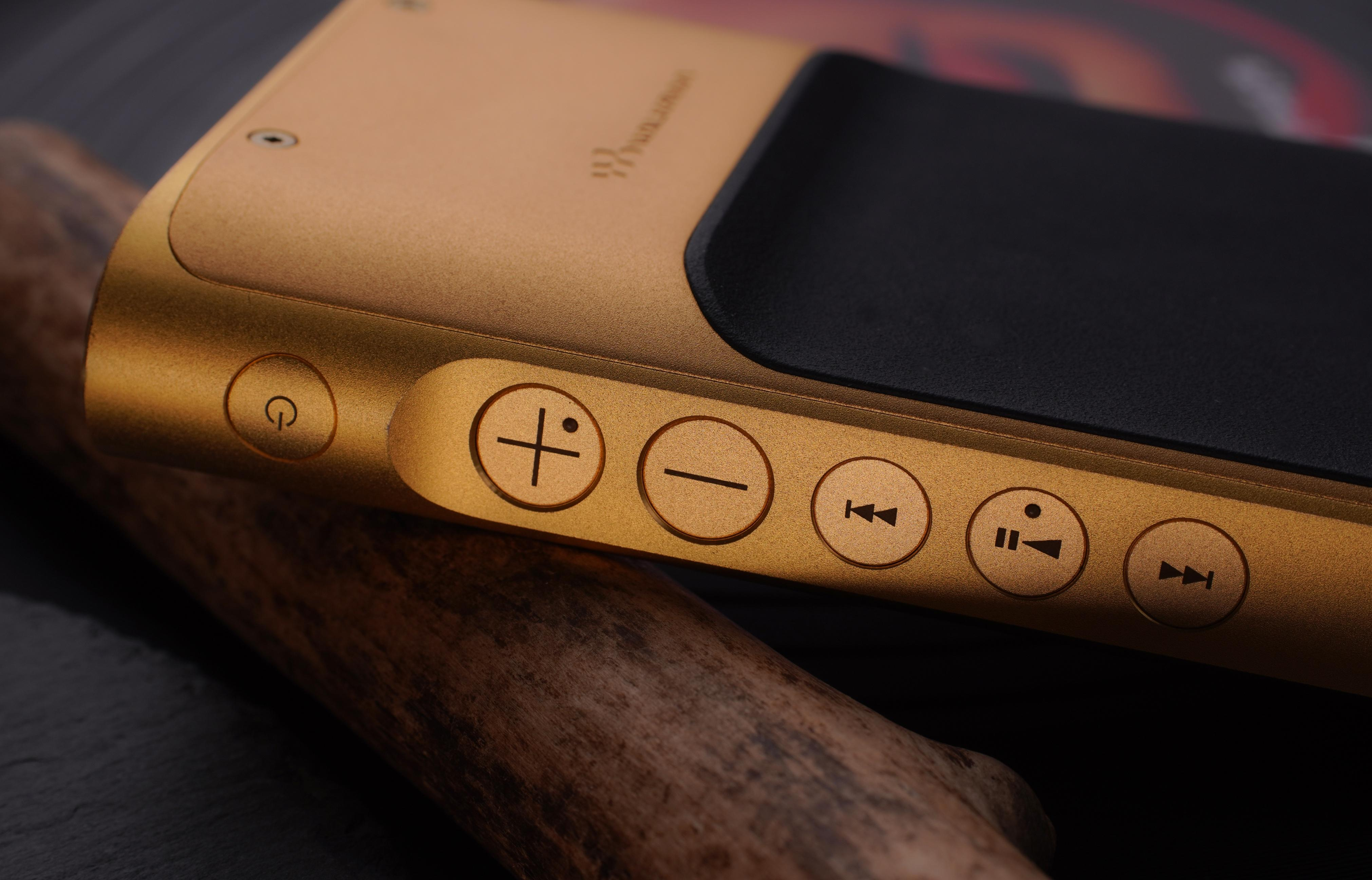
For connectivity, the NW-WM1ZM2 offers both a gold-plated 4.4mm balanced output and a 3.5mm single-ended output located on the top of the device . Sony thoughtfully includes rubber caps to protect these jacks when not in use . On the bottom, a USB-C port serves for both charging and high-speed data transfer. Notably, this port also enables the NW-WM1ZM2 to function as a high-quality external digital-to-analog converter (DAC) for computers . For expanding the internal 256GB storage capacity, a microSD card slot is also provided , although some users have reported potential issues with microSD card compatibility . The inclusion of both balanced and unbalanced headphone outputs caters to a wide spectrum of audiophile preferences and headphone compatibility, a significant advantage for a high-end player . Furthermore, the USB DAC functionality significantly enhances the device's versatility, allowing users to leverage its superior audio processing capabilities with various digital sources beyond its internal playback .
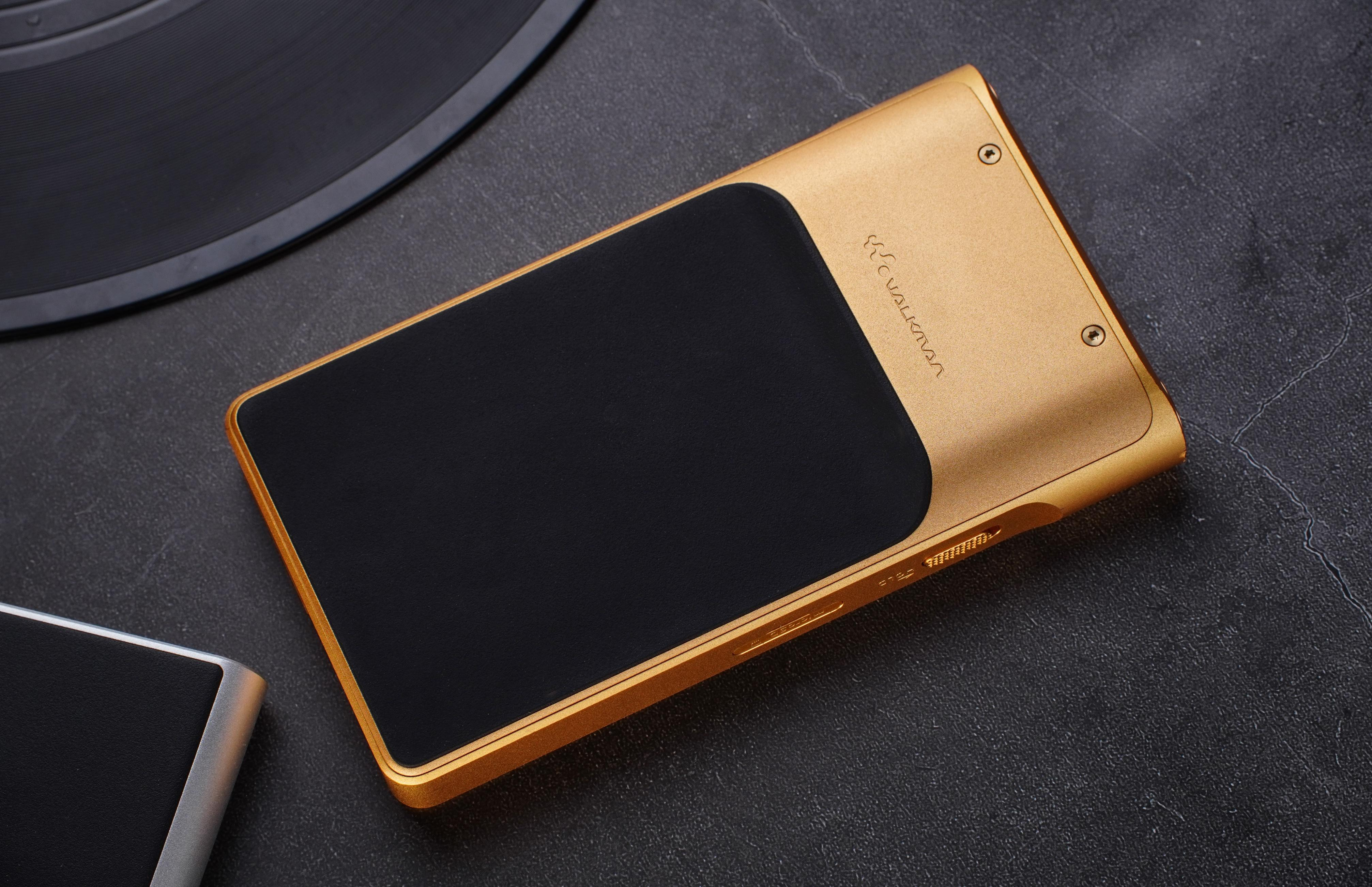
Features and Functionality: Bridging Tradition and Modernity
A significant departure from some of Sony's earlier high-end portable players is the inclusion of the Android 11 operating system on the NW-WM1ZM2 . This brings with it built-in Wi-Fi connectivity, enabling seamless downloading and streaming from popular high-resolution music services like TIDAL and Qobuz . The pre-installed Google Play Store grants access to a vast ecosystem of applications . However, it's worth noting that some users have reported a potentially "laggy" operating system, even after attempting to optimize its performance . While the integration of Android OS provides modern convenience and access to streaming, which is a major advantage in today's music consumption landscape , the reported lag could be a point of concern for users expecting a fluid and responsive experience commensurate with the device's price .
Beyond the standard Android features, the NW-WM1ZM2 is packed with Sony's proprietary audio technologies. At its core is the S-Master HX digital amplifier, which supports Native DSD playback and balanced output, while aiming to minimize distortion and noise across a broad range of frequencies . The DSEE Ultimate technology employs artificial intelligence to upscale compressed audio files, attempting to restore them to near high-resolution quality . For those who appreciate the characteristics of analog sound, the Vinyl Processor feature is designed to emulate the warmth and sonic texture of vinyl records . Other sound adjustment features include a 10-band equalizer, DC Phase Linearizer, and Dynamic Normalizer . Additionally, the DSD Remastering Engine converts PCM audio signals to 11.2 MHz DSD, striving for a smoother, more analog-like sonic presentation . Sony's extensive array of audio processing technologies highlights a strong emphasis on shaping and enhancing the listening experience. The effectiveness and transparency of these features will ultimately determine their value for discerning audiophiles.

Regarding power and longevity, Sony claims a battery life of up to 40 hours of continuous playback of 96kHz FLAC high-resolution audio . However, some independent reviews have reported significantly lower real-world battery life, with some tests yielding less than 10 hours of playback . This stark contrast between the claimed and actual battery life is a critical consideration for potential buyers who prioritize portability and extended listening sessions. Factors such as file format, headphone impedance, and the use of streaming services likely contribute to this discrepancy. As mentioned earlier, the device features 256GB of internal storage, complemented by a microSD card slot for further expansion , providing ample space for extensive music libraries.
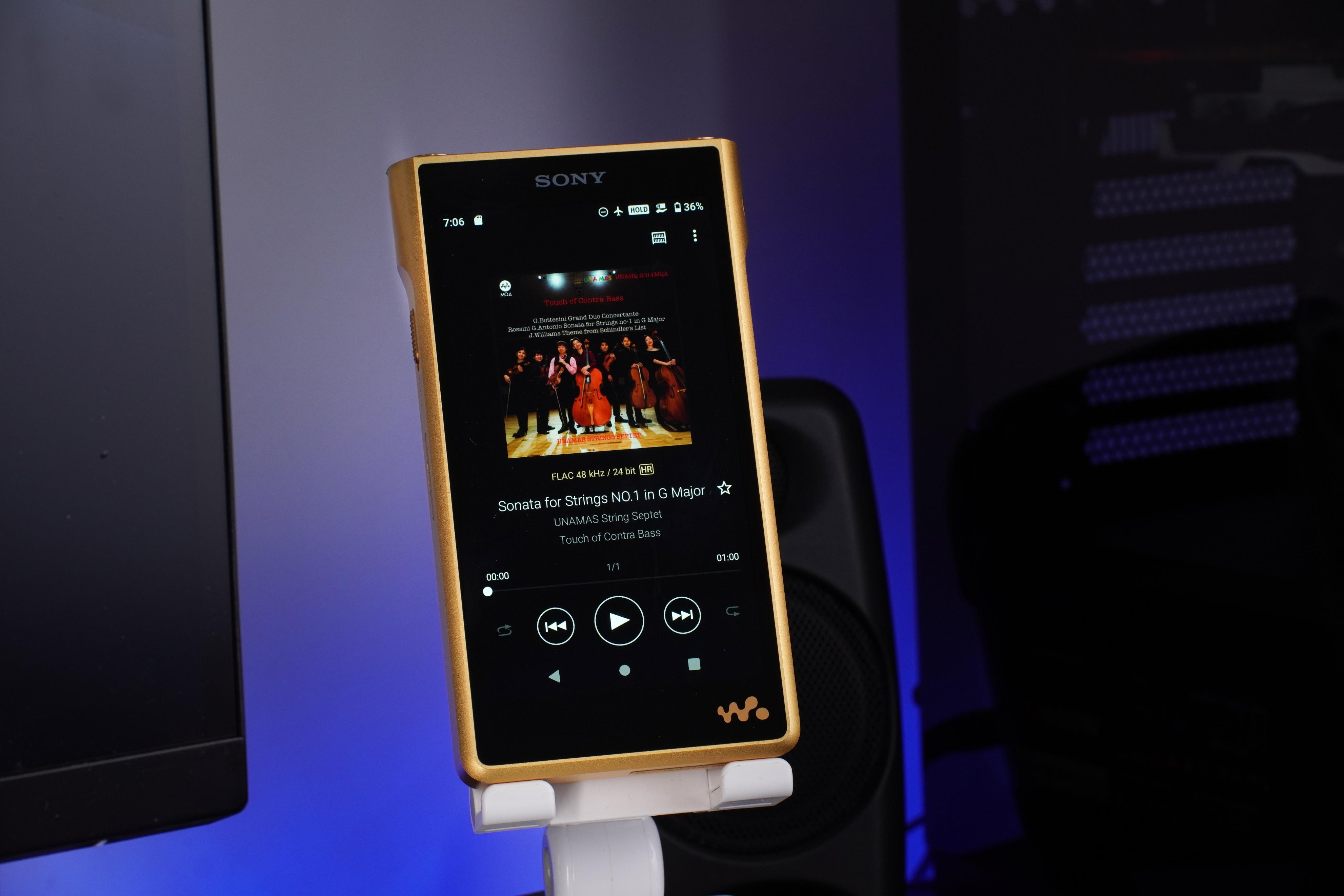
The Sound of Gold: Dissecting Audio Performance
The Sony NW-WM1ZM2 generally presents a sonic signature described as "pure audio-like transparent beautiful sound" , characterized by impressive clarity, exceptional detail resolution, a natural and refined midrange, and a remarkable sense of sonic control and composure . Reviewers often note the "blank background" from which the music emerges, indicative of very low noise levels, and the breathtaking precision with which instruments are rendered . Some initial impressions suggest a slightly "lean" presentation that evolves into a more "full-bodied and substantial" sound after an extended burn-in period, often exceeding 100 hours . This unusually long burn-in period is a noteworthy characteristic that potential buyers should be aware of.
In the lower frequencies, the bass performance is generally praised as "clear and powerful" with a "marvelous" foundation, adding a pleasing "bit of thickness" to the lower midrange . However, some listeners might find the bass lacking a certain "grunt" or visceral impact, particularly with very bass-heavy music . The midrange is consistently lauded for its naturalness, with vocals exhibiting a "lovely naturalness and texture" . While the overall presentation is smooth, some listeners have noted that vocals might sit slightly recessed in the mix . The treble response is described as "sparkly yet smooth," avoiding both harshness and excessive roll-off, accurately reproducing the high-frequency information present in the source material without adding artificial "air" .
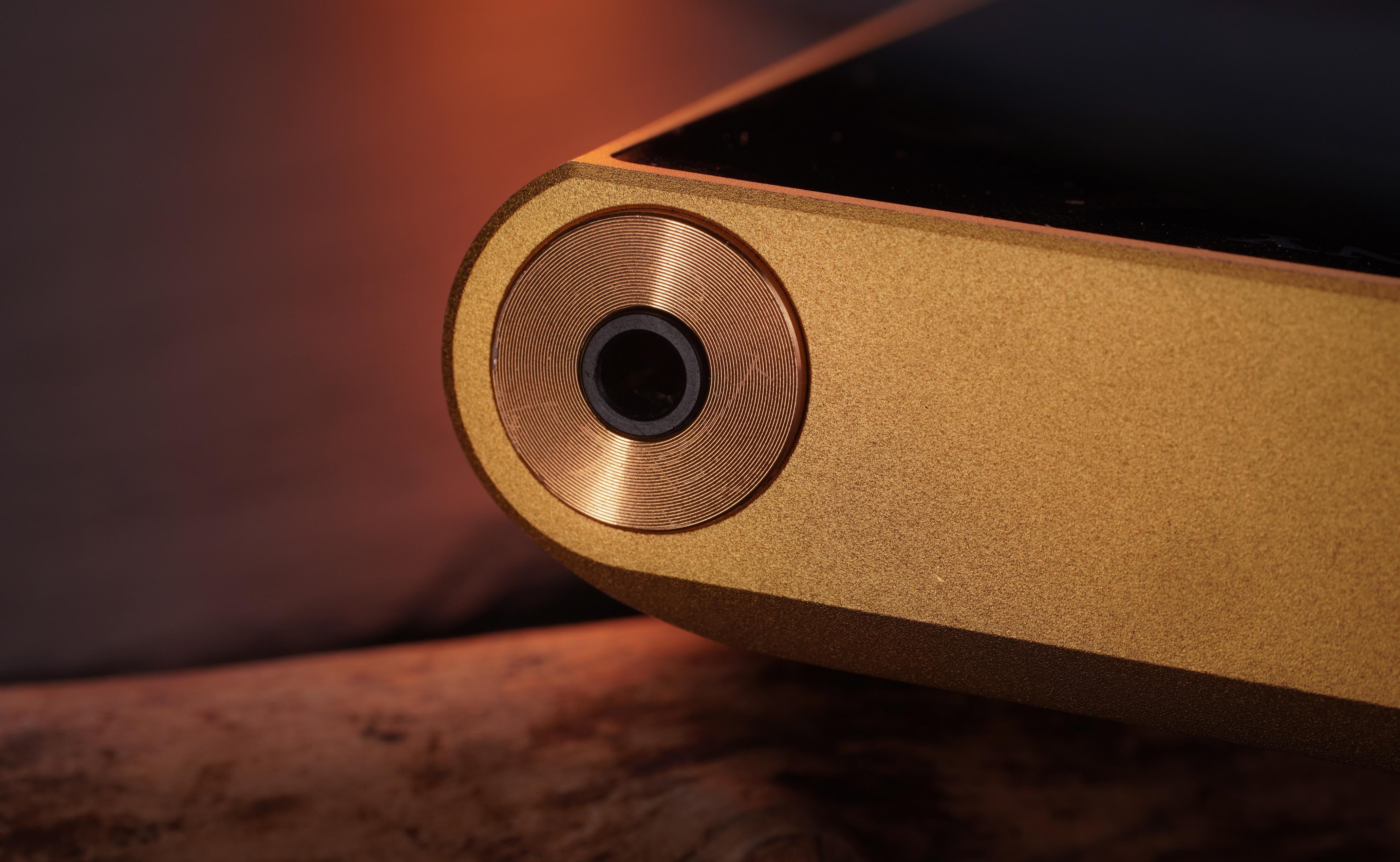
The NW-WM1ZM2 excels in its spatial presentation, offering a notable "sense of spaciousness" and "fluidity" to the music . Compared to older Sony models, the soundstage is reported to have improved in width, depth, and height . The dynamics are impactful, though some reviewers suggest they might not possess the same level of "sharpness" as certain competitors . While some desire a touch more "rhythmic drive and dynamic punch," this is generally not considered a significant deficiency .
A recurring concern across multiple reviews is the "surprisingly limited loudness capability" of the NW-WM1ZM2 . This necessitates careful consideration when pairing headphones, as the player might not provide sufficient volume for all models, particularly those with higher impedance or lower sensitivity. There are also concerns that European versions might have even lower power output due to regulatory restrictions . This limitation is a crucial factor that potential buyers must be aware of, especially those with demanding headphone setups or a preference for higher listening volumes.
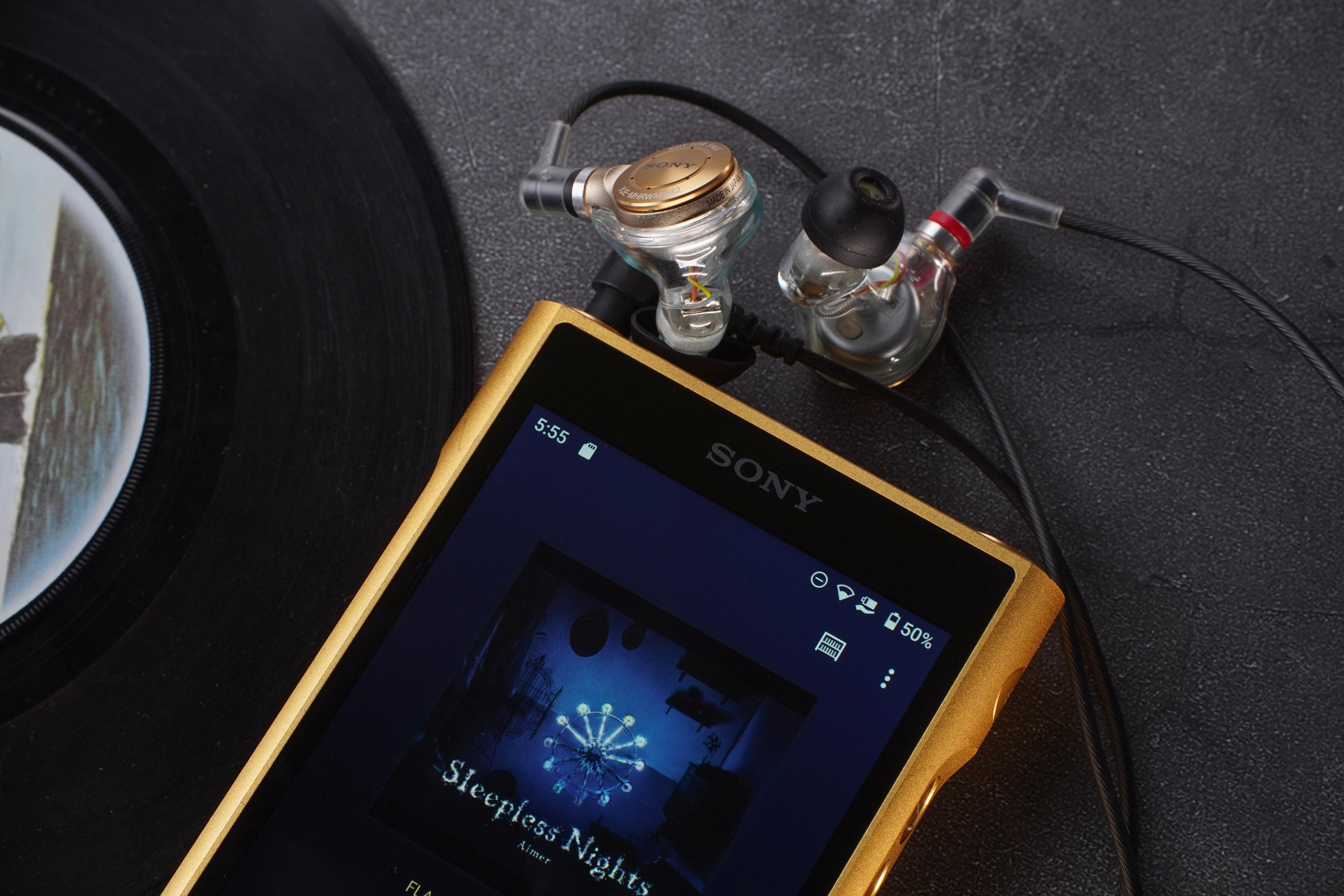
The Upsides: Shining Brightly
The Sony NW-WM1ZM2 boasts several compelling strengths. Its exceptional clarity and detail retrieval, coupled with a natural and refined midrange, provide a truly engaging listening experience . The device exhibits excellent sonic control and composure across various musical genres . The build quality is undeniably premium, with meticulous attention paid to the materials and craftsmanship . The inclusion of a versatile Android operating system opens the door to seamless streaming and app access . The device is packed with a comprehensive set of features and Sony's proprietary audio technologies . While real-world battery life may vary, the claimed figures are respectable . Ample internal storage and the option for expansion cater to large music libraries . Finally, the functionality as a USB DAC adds significant value . These attributes combine to position the NW-WM1ZM2 as a strong contender for audiophiles seeking a high-end portable solution, provided the loudness limitation aligns with their needs. The emphasis on premium materials and meticulous construction further reinforces its status as a luxury product .
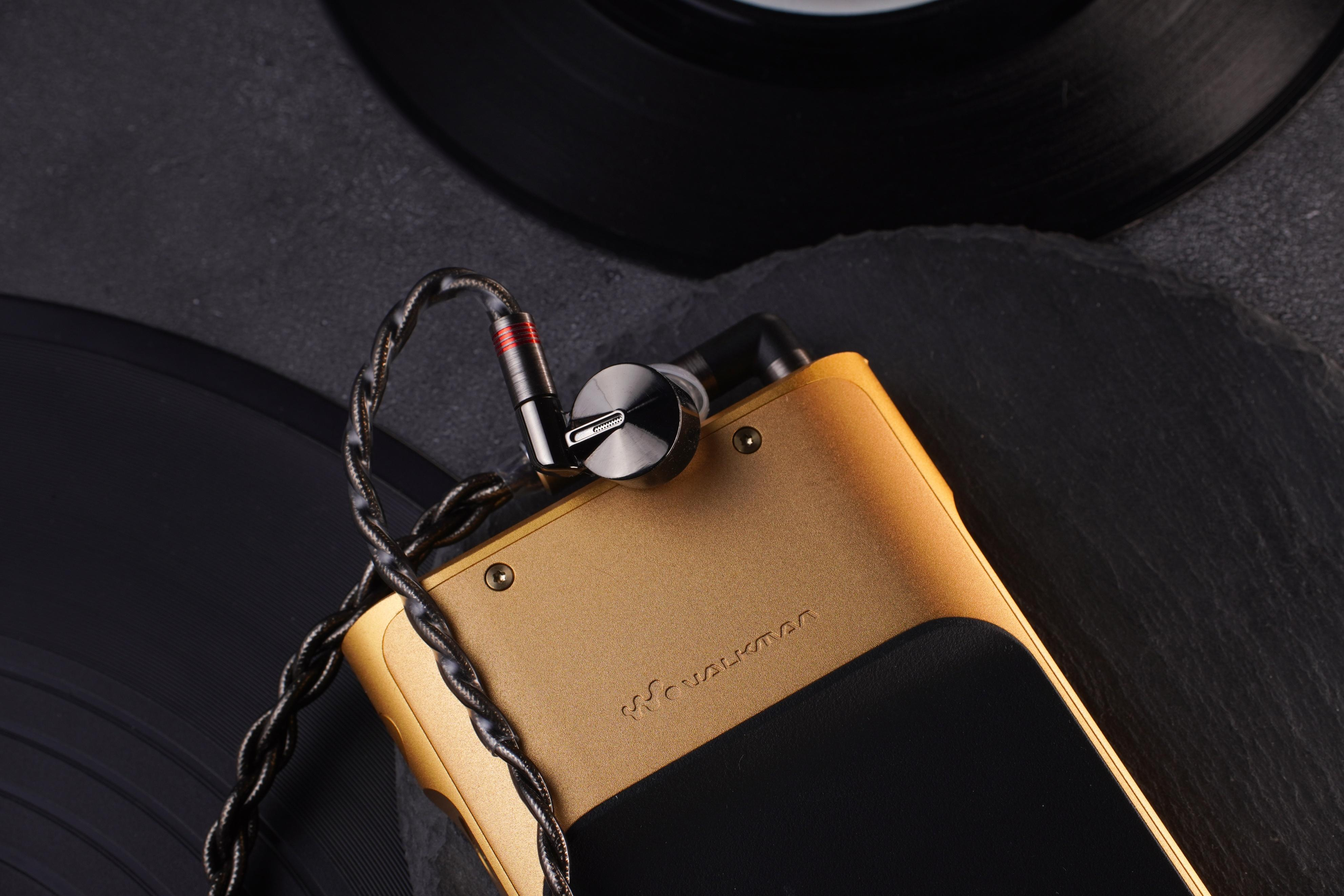
The Downsides: Areas for Consideration
Despite its strengths, the NW-WM1ZM2 has certain limitations. The extremely high price point represents a significant barrier to entry for most potential buyers. The surprisingly limited loudness capability is a recurring concern that necessitates careful headphone pairing. Some users have reported an oddly clunky user interface and occasional lag in the operating system . The device's significant weight and bulk might impact portability for some individuals . A user noted a long startup time , and there are reports of potential issues with sleep mode and special characters , as well as uncertainty regarding microSD card compatibility . The discrepancy between claimed and real-world battery life is also a point of concern . Finally, some subjective opinions suggest that the sound signature might have slightly recessed vocals for certain listeners . These limitations, particularly the price and loudness, require careful consideration.

Comparison Corner: Placing the NW-WM1ZM2 in Context
Compared to its predecessor, the NW-WM1Z, the NW-WM1ZM2 is reported to have a more neutral and transparent sound signature, whereas the original leaned towards a warmer and more analog-like presentation . The existence of the step-down model, the NW-WM1AM2, which shares many of the same specifications at a significantly lower price , raises questions about the value proposition of the ZM2. Some reports suggest that the sound quality difference between the two models is not substantial enough to justify the significant price premium for the ZM2 . In the broader market, the NW-WM1ZM2 competes with other high-end DAPs such as the Astell&Kern SP3000 , each with its own sonic characteristics, feature sets, and price points.
Comparative Specification Table: Sony NW-WM1ZM2 vs. NW-WM1AM2
| Feature | NW-WM1ZM2 | NW-WM1AM2 |
|---|---|---|
| Chassis Material | 99.99% Gold-plated OFC | Aluminum Alloy |
| Price (Approximate) | £3299 / $3699 / AU$4999 | Approximately 1/3 of ZM2 |
| Internal Storage | 256GB | 128GB |
| RAM | Not Specified | Not Specified |
| Battery Life (Claimed) | Up to 40 hours (96kHz FLAC) | Up to 40 hours |
| Battery Life (Reported) | Less than 10 hours | Not Specified in Detail |
| Headphone Outputs | 4.4mm Balanced, 3.5mm Single-ended | 4.4mm Balanced, 3.5mm Single-ended |
| Key Sonic Characteristics | Clear, detailed, natural midrange, controlled | Warmer sound profile |
Conclusion: Is the Golden Ticket Worth the Price of Admission?
The Sony NW-WM1ZM2 is undeniably a statement piece in the realm of portable audio. It offers exceptional clarity, a refined and natural midrange, and a premium build quality that exudes luxury. The inclusion of Android OS and comprehensive features caters to the modern audiophile. However, its extremely high price, coupled with the surprisingly limited loudness capability and potential UI lag, presents significant considerations. While the sonic performance is undoubtedly impressive, the question of whether it justifies the considerable investment, especially when compared to its more affordable sibling, the NW-WM1AM2, will depend heavily on individual priorities and budget constraints. For those who prioritize uncompromising sound quality and appreciate the luxurious design, and whose headphone collection is well-suited to its power output, the NW-WM1ZM2 could indeed be the golden ticket to sonic bliss. However, potential buyers are strongly advised to carefully consider their listening habits and headphone pairings, and ideally audition the device, before committing to this premium portable audio player.
Pros and Cons Summary Table
| Category | Points |
|---|---|
| Pros | Exceptional clarity and detail resolution |
| Natural and refined midrange | |
| Excellent sonic control and composure | |
| Terrific build quality and premium finish | |
| Versatile Android interface with streaming capabilities | |
| Comprehensive set of features and audio technologies | |
| Ample storage and expandability | |
| Functionality as a USB DAC | |
| Cons | Extremely high price point |
| Surprisingly limited loudness capability | |
| Oddly clunky user interface reported by some | |
| Significant weight and bulk | |
| Potential battery life discrepancy | |
| Subjective opinions on sound signature (e.g., slightly recessed vocals for some) | |
| Laggy OS reported by some users |



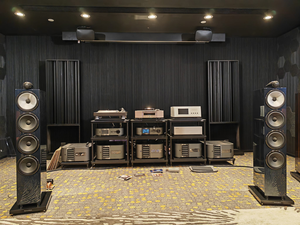
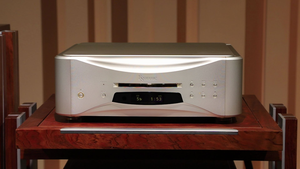
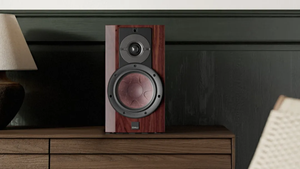
Comments